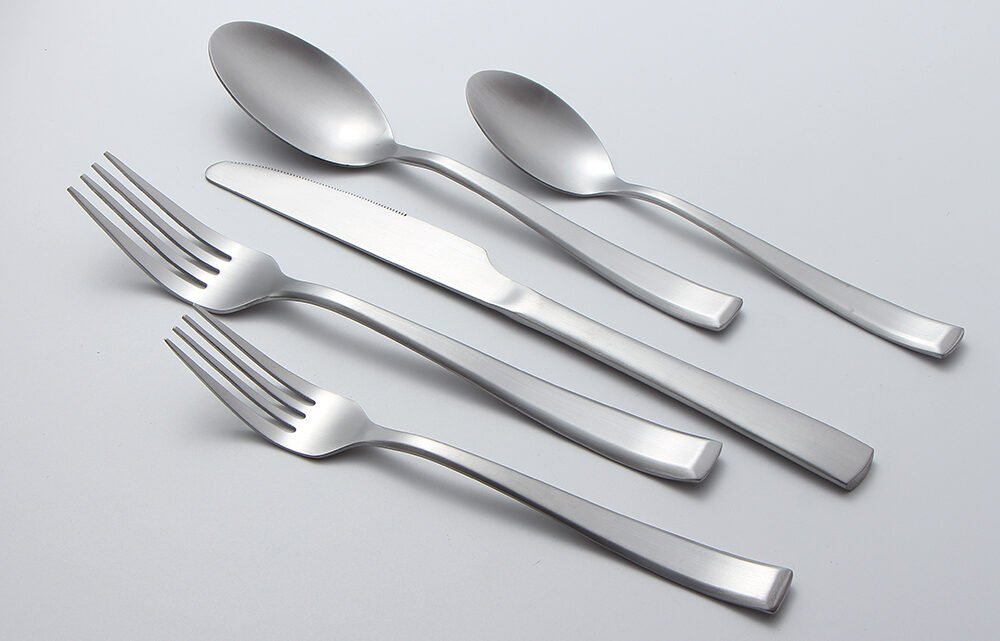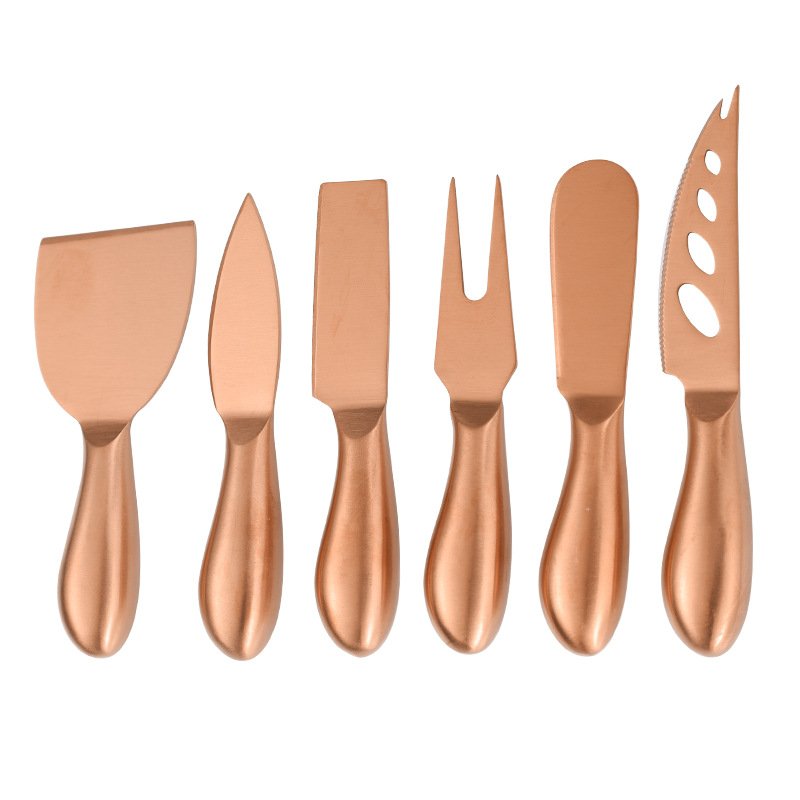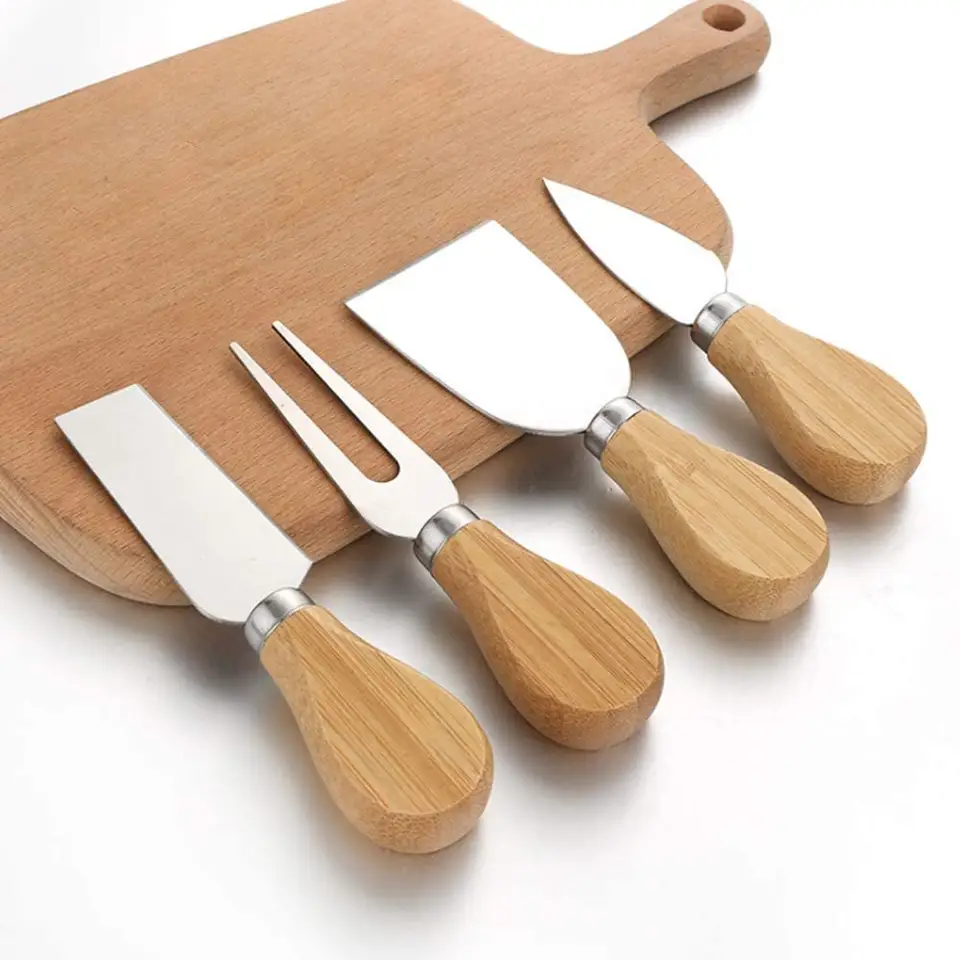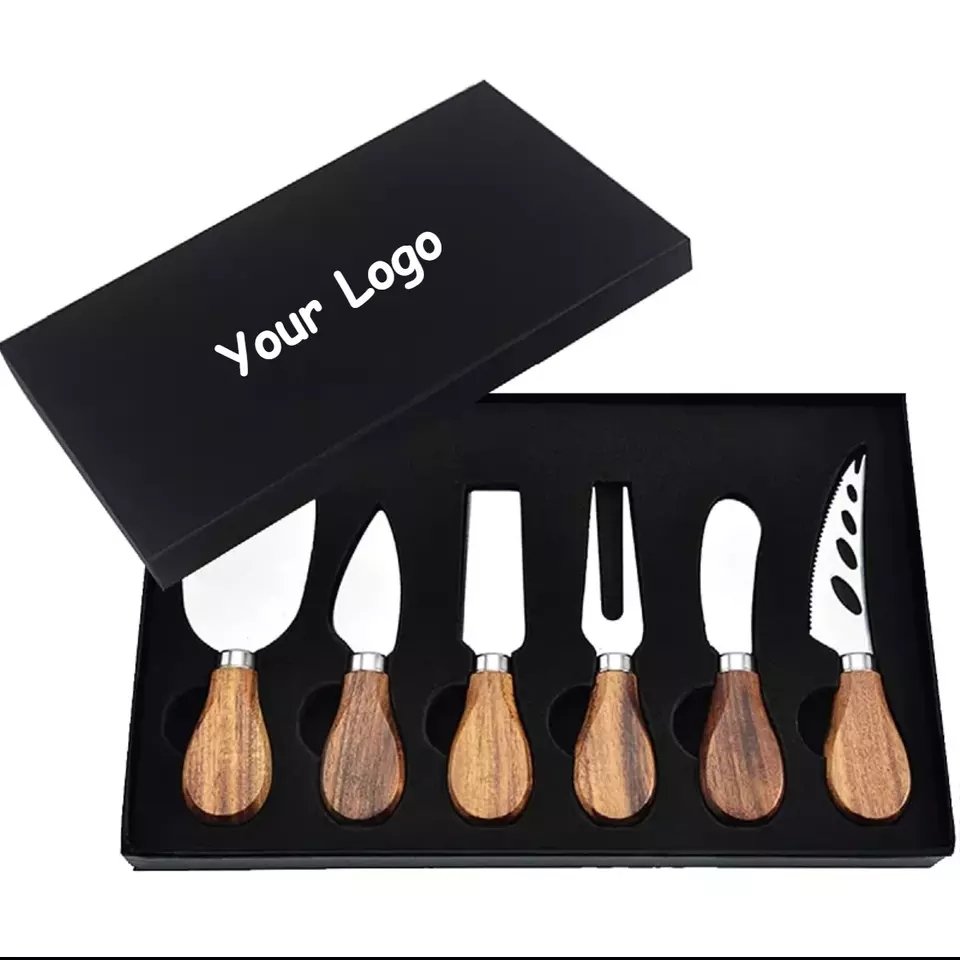The U.S. has raised tariffs on Chinese stainless steel cutlery to over 145%, causing uncertainty for importers and suppliers alike.
Yes, Trump’s tariffs have significantly increased costs for Chinese cutlery imports, leading to higher prices and prompting businesses to reconsider their sourcing strategies.
The recent tariff hikes have disrupted the cutlery supply chain, but understanding the specifics can help businesses navigate these changes effectively.
Table of Contents
What are Trump’s new tariff plans on Chinese imports?
Trump’s administration has imposed up to 145% tariffs on Chinese goods, including stainless steel cutlery, aiming to protect domestic industries.
The tariffs include a 125% reciprocal tariff and a 20% penalty related to the fentanyl crisis, significantly impacting Chinese exports.
Breakdown of Tariffs on Chinese Imports
| Tariff Type | Rate | Effective Date | Notes |
|---|---|---|---|
| Universal Tariff | 10% | April 5, 2025 | Applies to all imported goods |
| Reciprocal Tariff | 125% | April 9, 2025 | Targets specific countries, including China |
| Fentanyl-Related Tariff | 20% | March 4, 2025 | Additional penalty on Chinese imports |
| Total Tariff on China | 145% | April 9, 2025 | Combined effect of all tariffs on Chinese goods |
These tariffs have led to increased costs for U.S. importers and have disrupted the supply chain, causing businesses to seek alternative sourcing options.

How will tariffs affect stainless steel cutlery costs?
The increased tariffs have raised the cost of Chinese stainless steel cutlery, leading to higher prices for consumers and challenges for importers.
Importers are facing higher costs due to tariffs, which are often passed on to consumers, resulting in increased prices for stainless steel cutlery.
Impact on Stainless Steel Cutlery Costs
| Factor | Impact |
|---|---|
| Increased Tariffs | Higher import costs for Chinese cutlery |
| Supply Chain Disruption | Delays and increased logistics expenses |
| Consumer Prices | Rise in retail prices for cutlery products |
| Alternative Sourcing | Exploration of other suppliers or regions |
The tariffs have made Chinese cutlery less competitive in the U.S. market, prompting businesses to explore other options to maintain profitability.
Should you switch to local or alternative suppliers?
While alternative suppliers may offer relief from tariffs, they may not match China’s scale, quality, or cost-effectiveness in cutlery manufacturing.
Switching suppliers can mitigate tariff impacts but may involve trade-offs in terms of quality, capacity, and pricing.
Comparison of Cutlery Suppliers
| Supplier Region | Advantages | Disadvantages |
|---|---|---|
| China | High capacity, cost-effective | Subject to high U.S. tariffs |
| Southeast Asia | Lower tariffs, growing capabilities | Limited capacity, potential quality issues |
| Local (U.S.) | No tariffs, proximity to market | Higher production costs, limited scale |
Businesses must weigh the pros and cons of alternative suppliers, considering factors like cost, quality, and capacity, before making a switch.

Is China still the best place to source cutlery?
Despite tariffs, China’s established infrastructure, expertise, and economies of scale continue to make it a leading cutlery supplier.
China remains a top choice for cutlery sourcing due to its advanced manufacturing capabilities and extensive supply chain networks.
Strengths of Chinese Cutlery Manufacturing
| Factor | Description |
|---|---|
| Manufacturing Scale | Large-scale production facilities |
| Skilled Workforce | Experienced labor specializing in cutlery |
| Supply Chain | Integrated networks for materials and logistics |
| Innovation | Continuous improvement in design and efficiency |
While tariffs pose challenges, China’s strengths in cutlery manufacturing continue to offer value that is hard to replicate elsewhere.
Trump’s tariffs have disrupted the cutlery market, but China’s manufacturing strengths still offer compelling advantages for sourcing.





